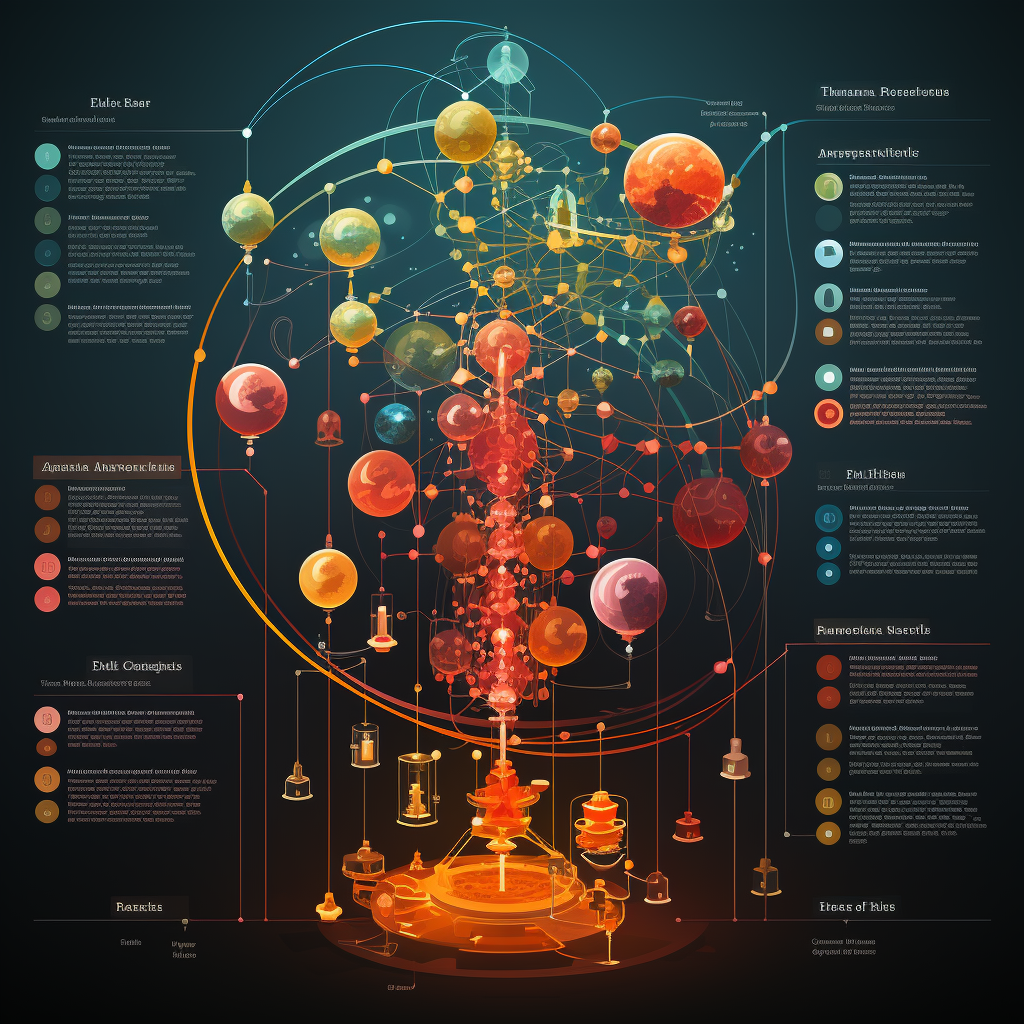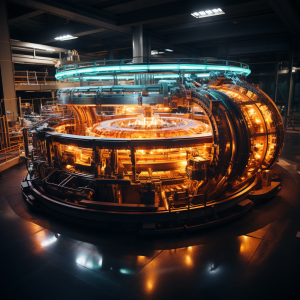
What is the Standard Model of particle physics, and what particles does it include?
The Standard Model of particle physics is a theoretical framework that describes the fundamental particles and forces that make up the universe. It’s one of the most successful scientific theories ever developed, providing precise predictions for a multitude of experimental results. Despite its vast range of predictions, the model remains incomplete, failing to include gravity or provide explanations for the nature of dark matter and dark energy. But within its scope, the Standard Model has been remarkably successful.
Elementary Particles
The Standard Model is based on the premise that everything in the universe is composed of a few basic building blocks called elementary particles. These particles are divided into two main types: fermions and bosons.
Fermions
These particles constitute matter and obey the Pauli Exclusion Principle, which states that no two fermions can occupy the same quantum state simultaneously. Fermions are further divided into quarks and leptons.
Quarks
There are six types, or “flavors,” of quarks: up, down, charm, strange, top, and bottom. Quarks never appear alone in nature; they are always found in combinations within composite particles called hadrons. The most well-known hadrons are protons and neutrons, which consist of up and down quarks.
Leptons
These also come in six types: the electron, muon, tau, and their associated neutrinos. Each charged lepton (electron, muon, and tau) has an associated neutrino, a particle with no charge and very small, possibly zero, mass.
Bosons
These particles mediate the fundamental forces and do not obey the Pauli Exclusion Principle. The four types of bosons in the Standard Model correspond to the four fundamental forces: the photon for electromagnetism, the W and Z bosons for the weak force, the gluons for the strong force, and the Higgs boson.
The Four Fundamental Forces and Their Mediating Particles
Electromagnetism
It governs the behavior of charged particles, is responsible for the formation of atoms and molecules, and is the force behind our daily experiences, such as the solidity of objects and the phenomenon of light. The photon, a massless particle, mediates this force.
Weak Nuclear Force
This force is responsible for certain types of radioactive decay, such as beta decay, and plays a crucial role in nuclear fusion, which powers the sun. The W and Z bosons mediate this force. These bosons are relatively massive, which makes the weak force short-ranged.
Strong Nuclear Force
It binds quarks together to form protons, neutrons, and other hadrons. It’s also responsible for holding atomic nuclei together. The eight gluons mediate this force. The strong force has a peculiar property known as “confinement,” which prevents quarks from being observed individually.
Gravity
While gravity is a fundamental force, it’s not included in the Standard Model. That’s because we currently lack a quantum theory of gravity. The hypothetical particle called the graviton, which would mediate the gravitational force, is not part of the Standard Model.
The Higgs Boson and the Higgs Field
The Higgs boson, predicted by the Standard Model and confirmed by experiments at the Large Hadron Collider in 2012, is associated with the Higgs field, which permeates all of space. When other particles pass through this field, they acquire mass through their interaction with it. This explains why different particles have different masses.
Implications and Limitations of the Standard Model
The Standard Model represents a profound advancement in our understanding of the natural world. It’s been confirmed time and again through numerous experiments. However, it has limitations and unanswered questions, indicating that it’s not the final theory of everything. It doesn’t include gravity, nor does it explain the nature of dark matter or dark energy. It also doesn’t account for the observed matter-antimatter asymmetry in the universe or offer an explanation for the masses of neutrinos.
Despite these unanswered questions, the Standard Model remains our best description of the subatomic world, offering precise predictions and a deep understanding of the matter and forces that shape our universe. Scientists continue to test its predictions and probe its limitations, hoping that new discoveries will lead us to a more complete theory. As we search for physics beyond the Standard Model, we continue to explore the mysteries of the cosmos, pushing the boundaries of our knowledge about the fundamental nature of reality.




